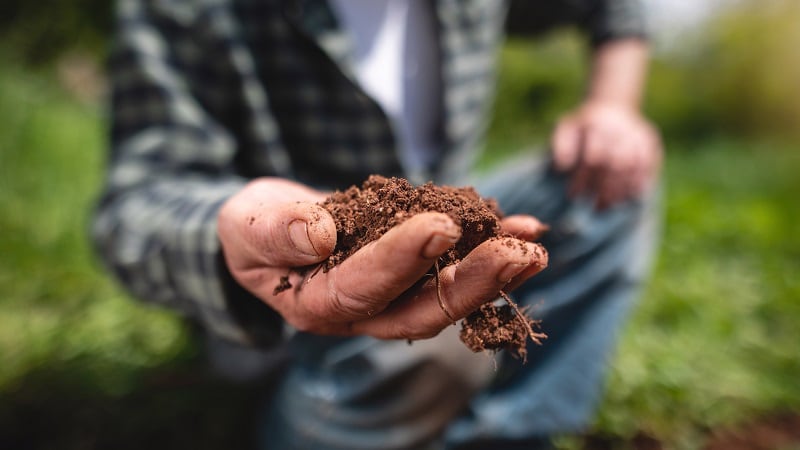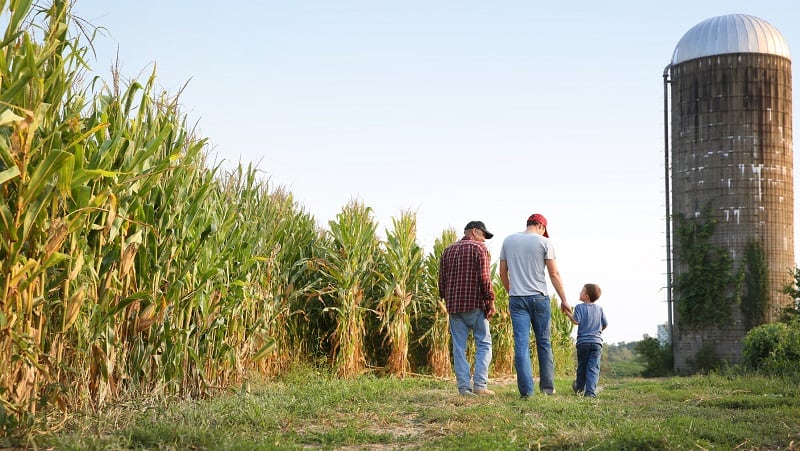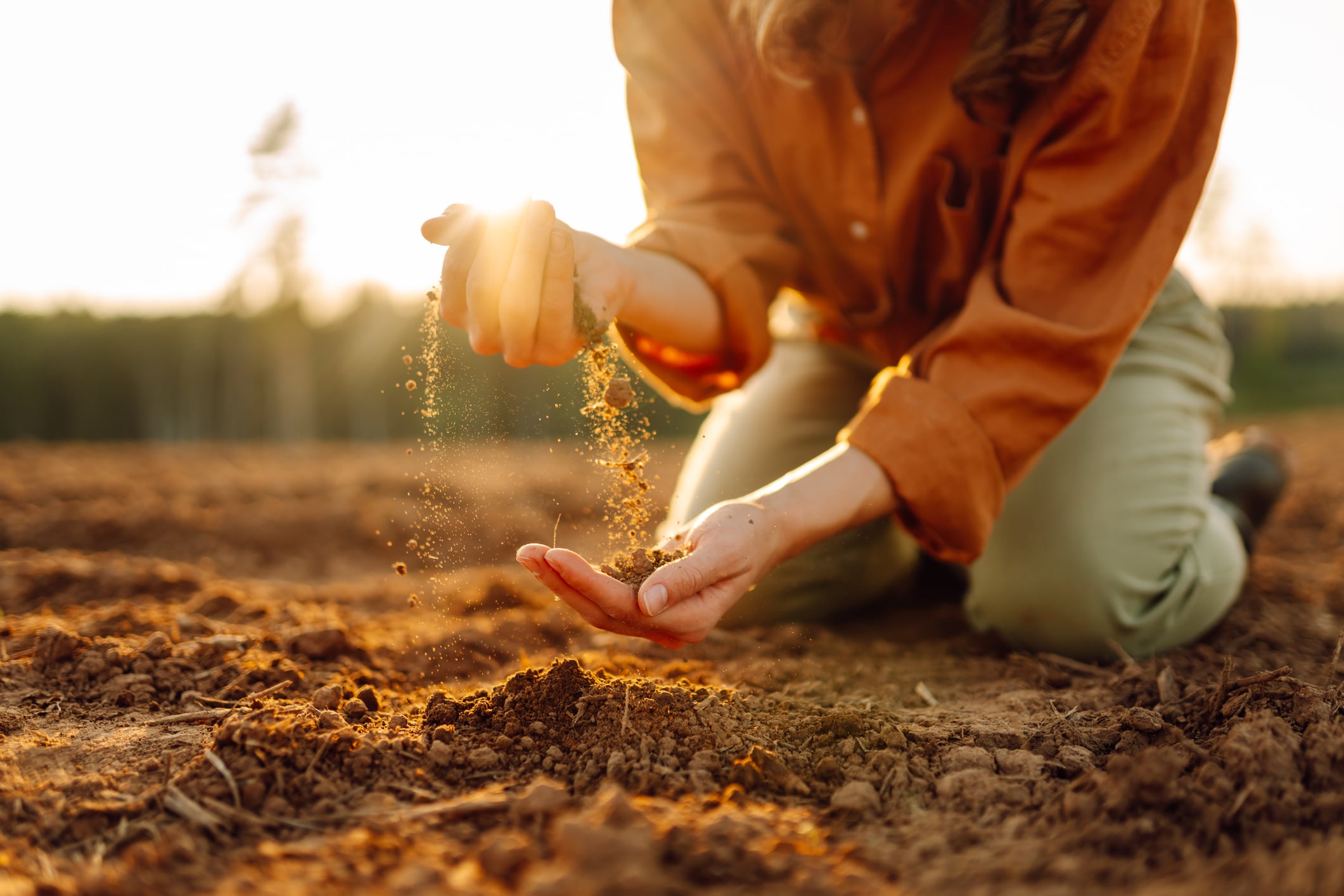The agriculture sector is lagging other industries in developing its carbon market, but technological breakthroughs in soil health monitoring — like those provided by SIF — are providing crucial data on how soil and sustainable farming can offset carbon, Henry Rowlands, co-founder of SIF and founder of The Detox Project, told AgTechNavigator.
Launched in 2023, SIF developed a way to measure soil health, including capacity for storing organic and inorganic carbon and water, through a collaboration with the University of Texas at Dallas, Texas A&M, and Arizona State University, Rowlands explained. SIF uses electrochemical sensing to understand soil health, he added.
Over the years, SIF standardized soil data, including 99 covariates (climate, slope, soil type, and more), from U.S and U.K. soil core samples, Rowlands explained. The data from these soil cores was then fed into SIF’s AI algorithm, he said.
“What we have come up with is the attainable level of soil carbon sequestration for any agricultural field anywhere in the continental U.S. and anywhere in the E.U. and the UK. So, when you get raw data, you can now compare it using our data tool. You can compare that raw data to a baseline from the year 2020, and to what is attainable — in other words, how much carbon could be sequestered in that field. And that enables the context that the market is missing,” Rowlands elaborated.
Additionally, SIF developed a digital platform called SIF Attain, which launched in the UK last month and then expanded into the U.S., Rowlands said.
“The idea of a never-ending increase in soil carbon is naïve. The idea that it is a linear increase that is going to increase at two tons a hectare forever is just not how it works in the living system that is soil.”
Henry Rowlands, co-founder of SIF and founder of The Detox Project
SIF plans to roll out the platform to more geographies in the future, as it gains more information about the health of specific soils across the globe and uses data science to get insight into regions with a lack of soil health data, like Africa, Rowlands explained.
“Often in the Global South, some of the soil types are very different, and so we are collecting soil core data across those different regions as well, but we just do not have access to it enough because there just has not been enough data taken. So that is the reason for also using some extrapolation techniques to be able to help farmers in those regions,” he elaborated.
Are ag-related carbon credits are the wild west?
SIF’s technology can help the ag industry better tap into growing carbon markets, Rowlands noted. The ag industry accounted for only 5% of total carbon credits issued in 2022, up from 1% in 2021, according to an Environmental Defense Fund report.
“Carbon credit prices have been so low, I suspect, to attract the farming community. It is difficult to attract them at a price of $15 a ton when you are possibly sequestering two tons a hectare. It is not a massive amount per hectare in that case,” Rowlands elaborated.
Agriculture-based carbon credits are like “the wild, wild west” at the moment, since forestry-based carbon markets ran into issues, and soil’s ability to sequester carbon is not exponential, Rowlands explained.
“The idea of a never-ending increase in soil carbon is naïve. The idea that it is a linear increase that is going to increase at two tons a hectare forever is just not how it works in the living system that is soil. In fact, usually when you have practice change that benefits the soil, you will have a fast increase to begin with, and then it will ... level off slowly after that,” Rowlands said.
He added, “And therefore, the whole idea of adding context, regarding what is actually attainable and using carbon credits to incentivize farmers to protect carbon in the soil is actually key for the success of the carbon markets when it comes to agriculture.”





